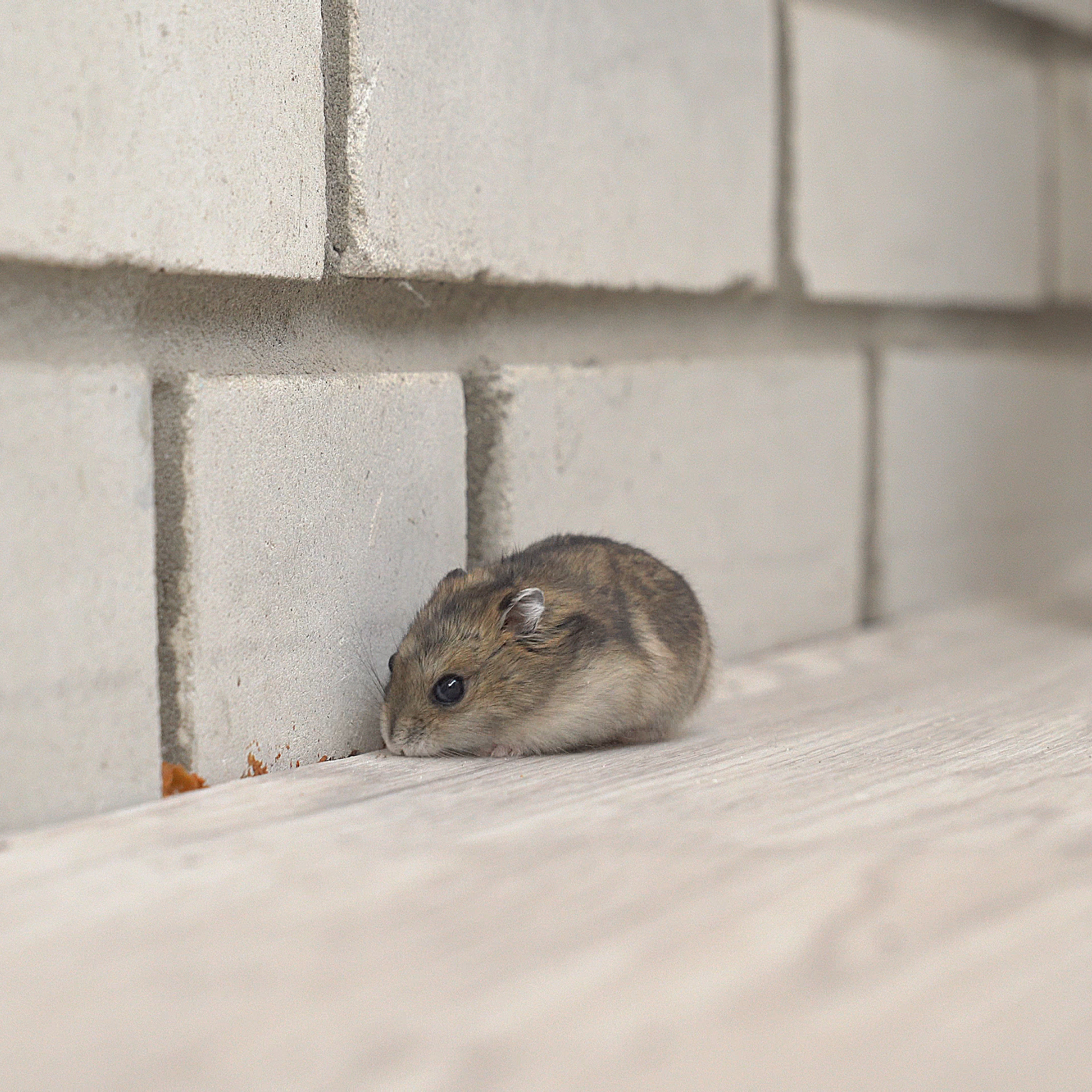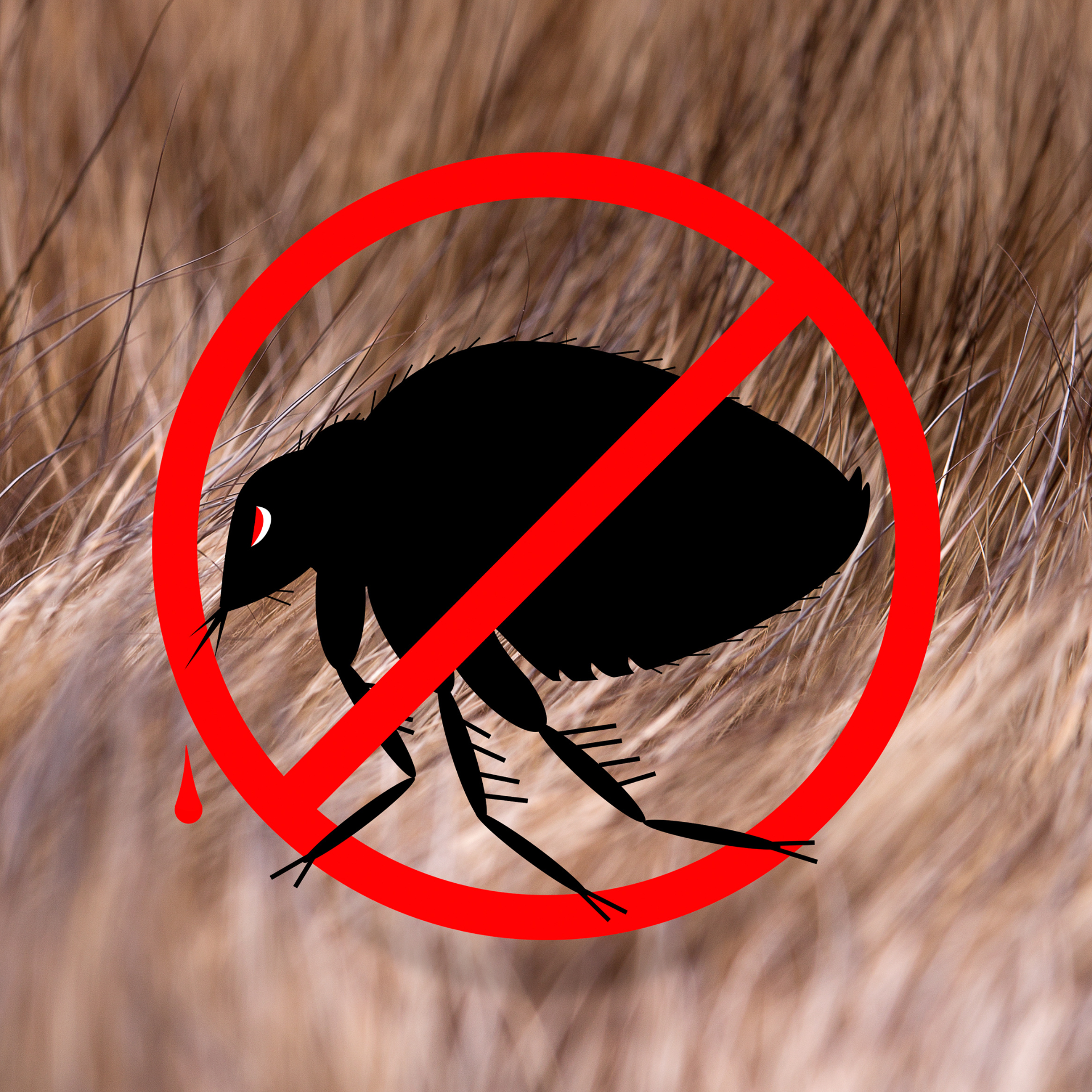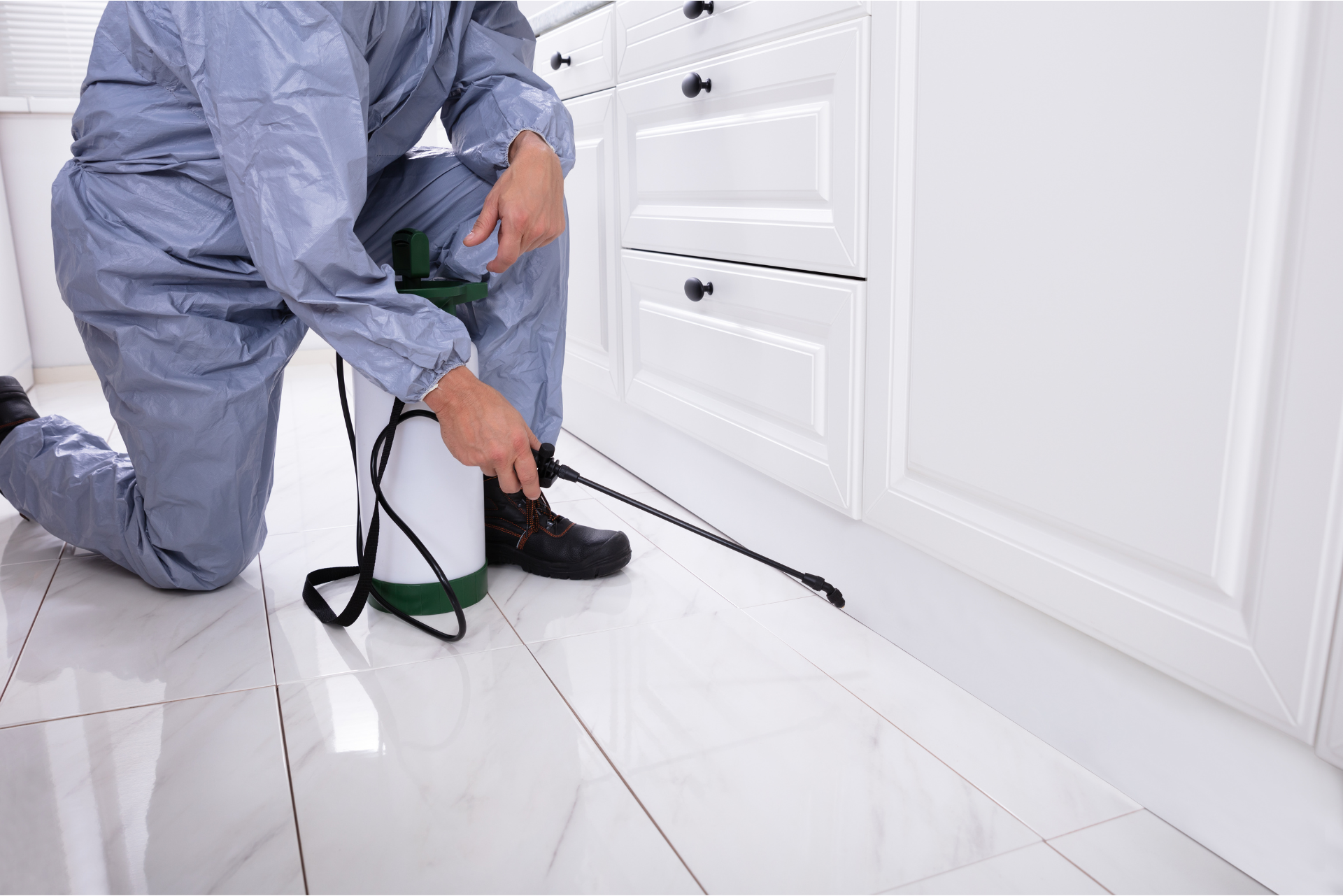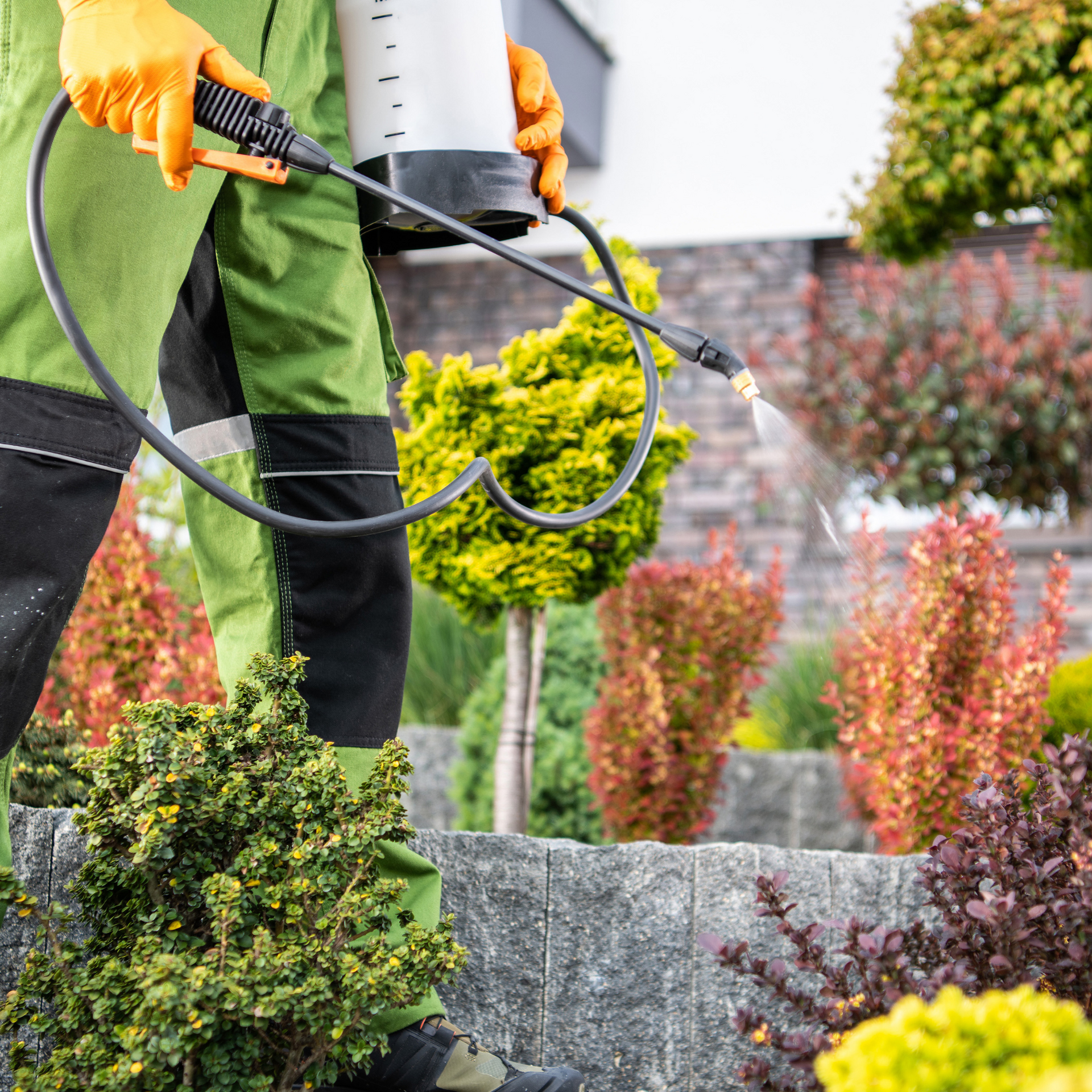How to Safeguard Your Home from Termite Damage Detail the signs of a termite infestation, preventive measures, and the importance of professional treatment.
How to Safeguard Your Home from Termite Damage
Detail the signs of a termite infestation, preventive measures, and the importance of professional treatment.
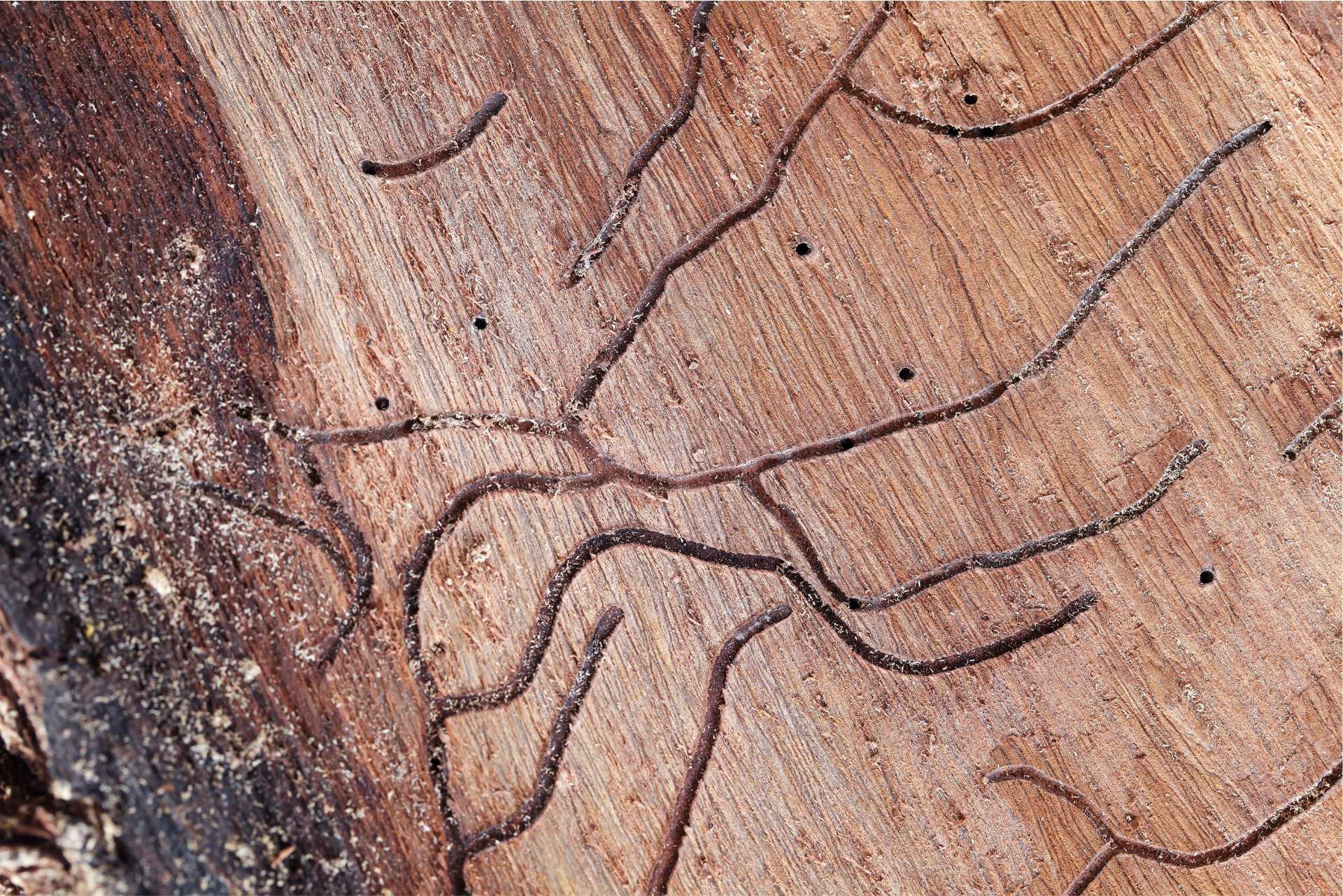
Termites are often referred to as “silent destroyers” because they can inflict significant damage to your home without you even knowing they’re there. These small insects feed on wood and other cellulose materials, leading to costly repairs if left unchecked. In this blog, we will discuss how to recognize the signs of a termite infestation, preventive measures you can take, and the importance of professional treatment to protect your home.
Recognizing the Signs of a Termite Infestation
Being vigilant and knowing what to look for can help you catch a termite problem early. Here are some key signs of a termite infestation:
1. Mud Tubes
Termites often build mud tubes to travel between their nests and food sources. These tubes provide protection from predators and dehydration. Look for these pencil-sized tubes on the foundation of your home, walls, or other surfaces.
2. Wood Damage
If you notice hollow-sounding wood or wood that crumbles easily when you tap it, it could indicate termite damage. Termites consume wood from the inside out, so the outer surface may appear intact while the interior is severely compromised.
3. Discarded Wings
During their swarming season, reproductive termites leave their nests in search of new colonies. You may find discarded wings near windowsills, doors, or other entry points, which can indicate an infestation nearby.
4. Frass (Termite Droppings)
Termite droppings, known as frass, resemble small wood-colored pellets. If you notice these near wooden structures, it’s a sign that termites are actively feeding in the area.
5. Swarming Activity
If you see termites swarming around your home, it’s a clear indication that they are looking to establish a new colony. This usually happens in the spring, so remain vigilant during this time.
Preventive Measures to Safeguard Your Home
Taking proactive steps can significantly reduce the risk of a termite infestation. Here are some effective preventive measures:
1. Regular Inspections
Schedule regular inspections with a pest control professional to catch any potential termite activity early. Annual inspections can help identify vulnerabilities in your home before they become serious problems.
2. Moisture Control
Termites thrive in moist environments. Ensure that gutters are functioning correctly, and direct water away from your home’s foundation. Fix any leaks and keep the soil around your home dry.
3. Wood Maintenance
Store firewood at least 20 feet away from your home and elevate it off the ground. Additionally, avoid using untreated wood in areas prone to moisture, such as around foundations or in crawl spaces.
4. Seal Entry Points
Inspect your home for cracks or gaps in foundations, walls, and around windows and doors. Seal these entry points to deter termites from accessing your home.
5. Landscaping Considerations
Avoid planting shrubs or trees too close to your home, as this can create a bridge for termites to reach your foundation. Use mulch sparingly, and consider using rock instead, as it doesn’t retain moisture as much as wood mulch.
The Importance of Professional Treatment
If you suspect a termite infestation or have noticed any signs, it’s crucial to contact a pest control professional immediately. Professional treatment is essential for several reasons:
1. Accurate Identification
Pest control experts can accurately identify the type of termites present and the extent of the damage. They have the training and experience to differentiate between termites and other pests that may cause similar damage.
2. Effective Treatment Plans
Professionals can implement tailored treatment plans using effective methods, including liquid treatments, baiting systems, or even fumigation, depending on the severity of the infestation.
3. Long-Term Protection
Regular treatment and monitoring can provide long-term protection against termites, giving homeowners peace of mind. Professionals can recommend preventive measures to keep termites at bay.
4. Cost Savings
While professional treatment may seem like an expense, it can save homeowners money in the long run by preventing costly repairs associated with extensive termite damage.
Conclusion
Termites can cause significant damage to your home if not identified and treated promptly. By recognizing the signs of infestation, taking preventive measures, and seeking professional treatment, you can safeguard your home from these destructive pests. At Sapphire Pest Control, we specialize in effective termite solutions to protect your home and provide you with peace of mind. Don’t wait for the damage to escalate—contact us today for a thorough inspection and take the first step toward protecting your home from termites!

